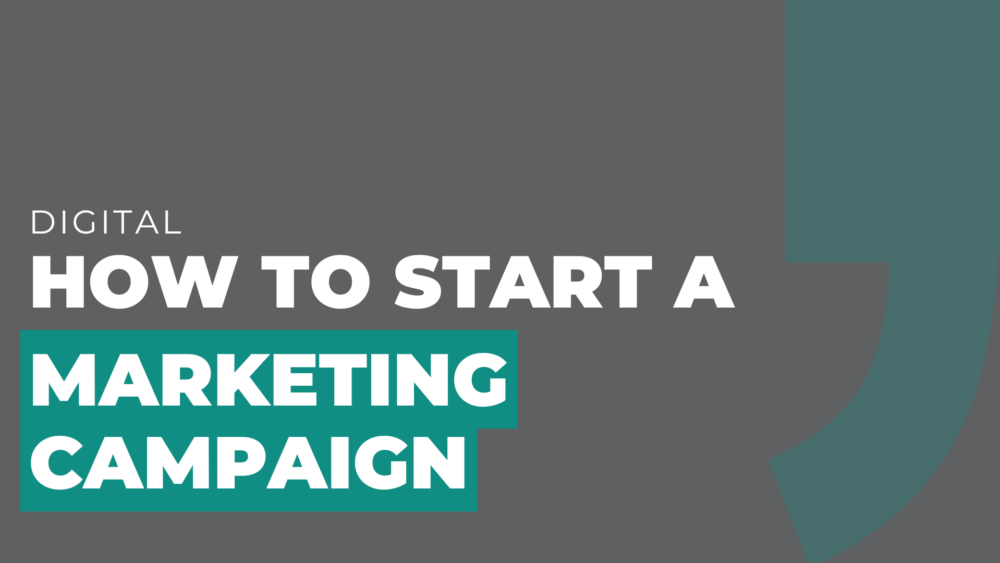Starting a marketing campaign is like launching a rocket: you need the right plans, the right tools, and the right team to make it take off.
Wondering how to start a marketing campaign?
To start a marketing campaign, define your audience and the specific goal you want to achieve, like increasing sales or brand awareness.
Then, create a clear plan with your message, the channels you’ll use (like social media or email), and your budget.
Launch the campaign and regularly check the results so you can make quick adjustments if something isn’t working.
These are all essential parts of any great marketing campaign.
Let’s break it down step by step for a winning launch.
Define Your Goals: What Does Success Look Like?
Before you dive in, think about what success means for this campaign.
Are you looking to build awareness, drive sales, or grow your audience?
Setting clear goals gives your campaign direction and helps you know when you’ve hit the mark.
What Makes a Campaign Successful?
Success comes from hitting the sweet spot: aligning your goals with your audience’s needs and delivering your message in ways that stick.
Imagine talking to a busy executive—they don’t need fluff; they want substance, fast.
Know Your Audience: Who’s Listening?
Your campaign can’t speak to everyone, so focus on the people who matter most.
Use data to dig into their demographics, interests, and buying behaviors.
This insight makes your message land.
Types of Strategies to Reach Your Audience
There are several types of campaigns, here are just a few:
- Content Marketing: Share thought-leadership articles, short-form videos, and case studies that speak to your audience’s challenges.
- Social Media Advertising: Platforms like LinkedIn are ideal for targeting professionals with precision.
- Local Outreach: In cities like Atlanta, grassroots efforts like workshops or sponsorships can amplify your impact.
Knowing your audience isn’t just about data — it’s about empathy.
It’s understanding what keeps them up at night and how your brand fits into their story.
Craft a Message That Stands Out
Your value proposition answers a simple question: “Why you?”
Maybe your product saves time, cuts costs, or solves a specific pain point.
Keep it crystal clear and tailored to the people you’re trying to reach.
Examples of Winning Messages
- Tech Startup: “Simplifying your workflow so you can focus on growth.”
- Sustainable Brand: “Eco-friendly doesn’t have to mean ordinary.”
When crafting your message, think of it like a billboard: it should grab attention and stick with your audience in seconds.
Pick the Right Platforms
The best campaigns don’t scatter their efforts — they focus on the platforms where their audience already is.
Channels to Consider for Marketing Directors
- LinkedIn: Great for B2B campaigns, thought leadership, and networking.
- Google Ads: Capture leads when they’re actively searching for solutions.
- Industry Events: In-person interactions still matter, especially in vibrant markets like Atlanta.
Budget for Impact
A solid budget fuels your campaign without waste.
Focus on high-return channels and adjust based on results.
Simple Budget Tips
- Content Creation: Invest in quality visuals and messaging.
- Paid Advertising: Test small and scale up what works.
- Analytics: Measure everything to understand where your dollars go.
Track, Learn, and Adjust
Marketing campaigns aren’t set-it-and-forget-it projects.
Use tools to track performance and be ready to pivot if something isn’t working.
Regular check-ins let you stay ahead of the curve and improve outcomes in real-time.
At the End of the Day
Launching a marketing campaign is like building a relationship — it takes time, thoughtfulness, and follow-through.
By setting clear goals, understanding your audience, and delivering a message that resonates, you’ll create a campaign that connects and drives results.
Every great campaign starts with a clear plan, the right strategy, and a team ready to make it happen.


Comments are closed.